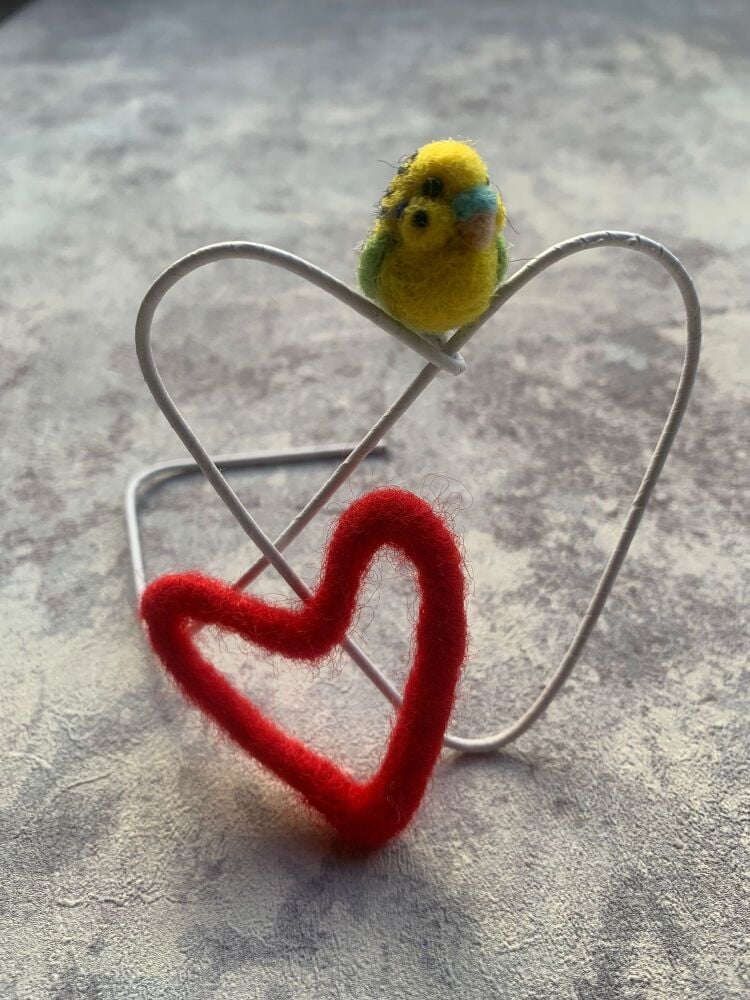Choosing the Right Wool for Wet Felting Projects
Posted on
Tutorial: Types of Wool for Wet Felting

Wet felting depends on both the preparation of the fibre (tops, sliver, batts) and the thickness of the fibre (micron count). Fibre thickness affects shrinkage, texture, and durability, while handling techniques ensure fibres bond smoothly.



